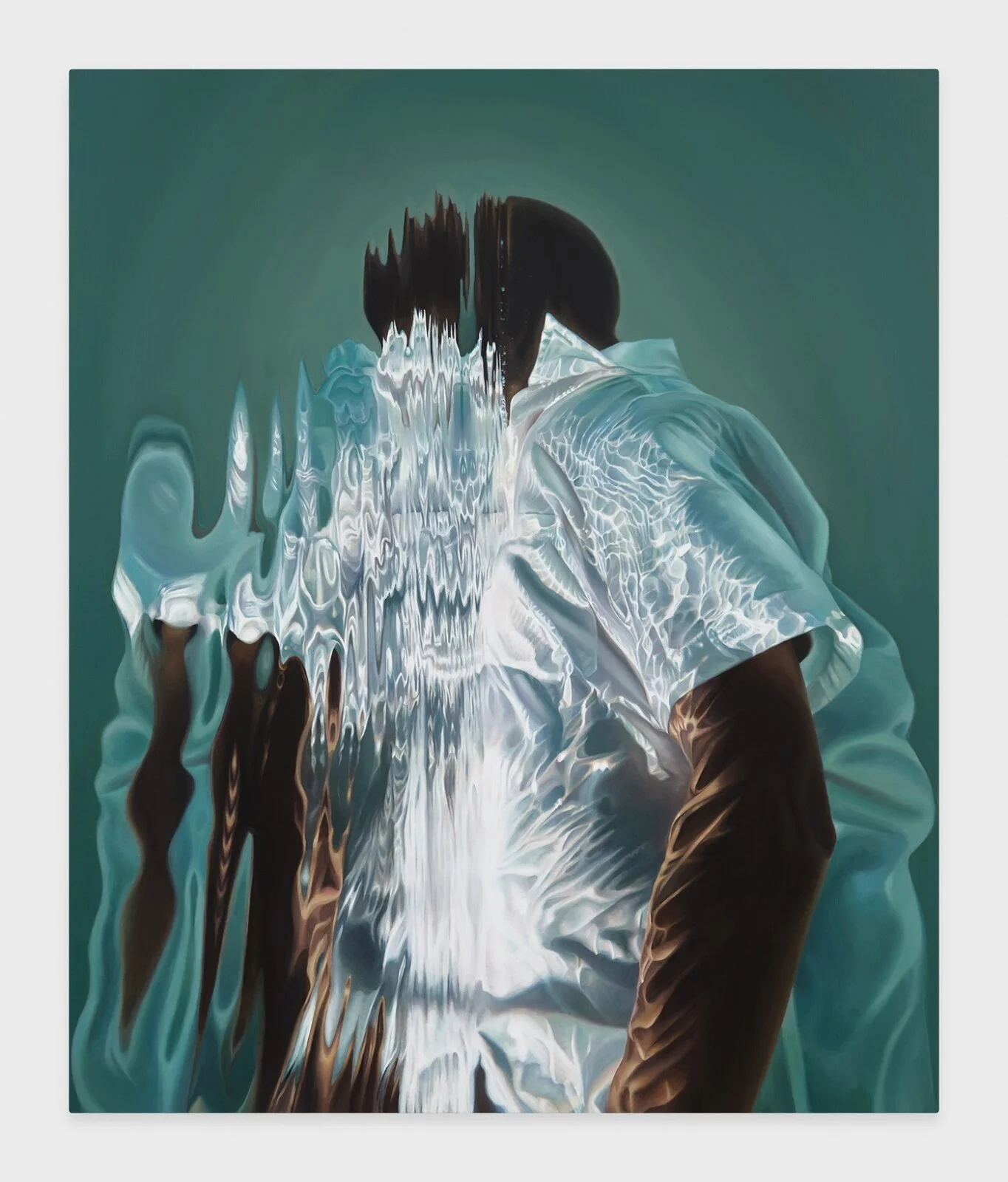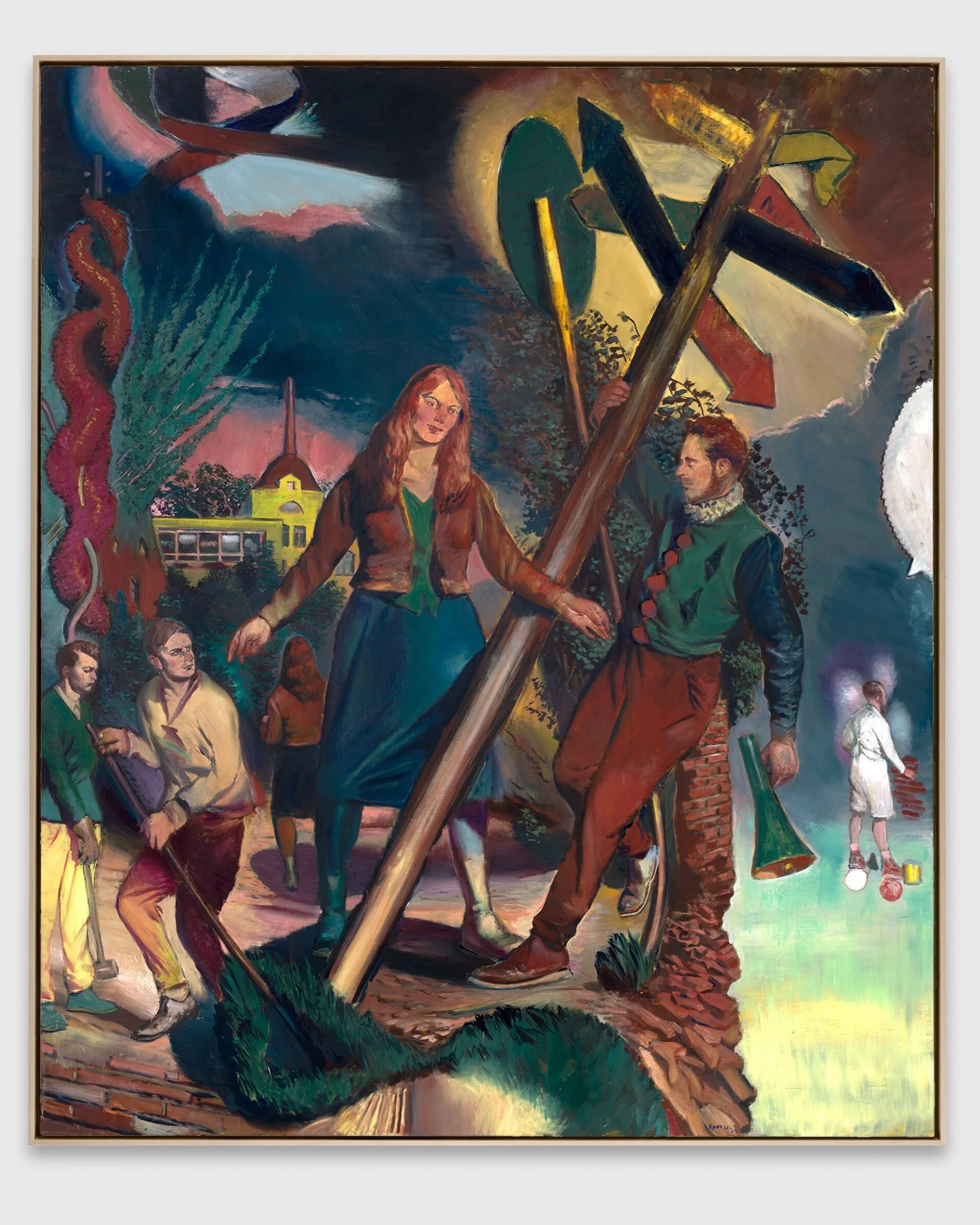Lisa Yuskavage
“New Paintings”
New York, 533 West 19th Street
For more than thirty years, Yuskavage’s highly original approach to figurative painting has challenged conventional understandings of the genre. Her simultaneously bold, eccentric, exhibitionist, and introspective characters assume dual roles of subject and object, complicating the position of viewership. At times playful and harmonious, and at other times rueful and conflicted, these characters are cast within fantastical compositions in which realistic and abstract elements coexist and color determines meaning. While the artist’s painterly techniques evoke art-historical precedents, her motifs are often inspired by popular culture, creating an underlying dichotomy between high and low and, by implication, sacred and profane, harmony and dissonance. Yet her oeuvre compellingly resists categorization, insisting instead on its own kind of emotional formalism in which characters and pictorial inventions assume equal importance.
Lisa Yuskavage, Night Classes at the Department of Painting Drawing and Sculpture (2018-2020). © Lisa Yuskavage. Courtesy the artist and David Zwirner.
In this exhibition, Yuskavage continues her long-standing exploration of what constitutes a model, exceptionally summoning the history of her own work as part of that process. Its two rooms are defined by contrasting moods that the artist has often intertwined within individual paintings, and which both engage with aspects of art making. The first includes a group of works that confront the viewer on varied levels, recalling the tension between seer and seen. Addressing issues of vulnerability, power, and rage, they reference an art-historical sub-tradition “in which rudeness fortifies erudition and corrosive humor strips humanism of all sentimentality,” exemplified by artists such as Francisco Goya and Philip Guston.1
The exhibition proceeds to four large-scale color-field compositions saturated in jewel-like pigments of red, green, yellow, and pink; they each depict a studio or art-school classroom with canvases and other traditional and nontraditional still-life objects scattered throughout. Taking their point of departure in Henri Matisse’s The Red Studio (1911) and The Pink Studio (1911), they convey a strong sense of the interiority of art making, yet Yuskavage’s theatrical lighting adds a sense of drama, whereby the subjects appear summoned from color and the settings emerge like prosceniums or shallow stages. While her methodical investigation of her medium has predominantly taken place within distinct series, these works layer a variety of processes, techniques, characters, and references, formal as well as personal. They also revisit specific paintings from the past three decades, notably from the singularly colored Bad Baby series of models in explicit poses from the early 1990s, seamlessly integrating these as works in progress within the new narratives. Epitomizing painting’s inherent ability to compress time, real and imaginary references come together as per an inspirational poem by Wallace Stevens, highlighted by the artist for this show: “The world imagined is the ultimate good. / This is, therefore, the intensest rendezvous.”2







